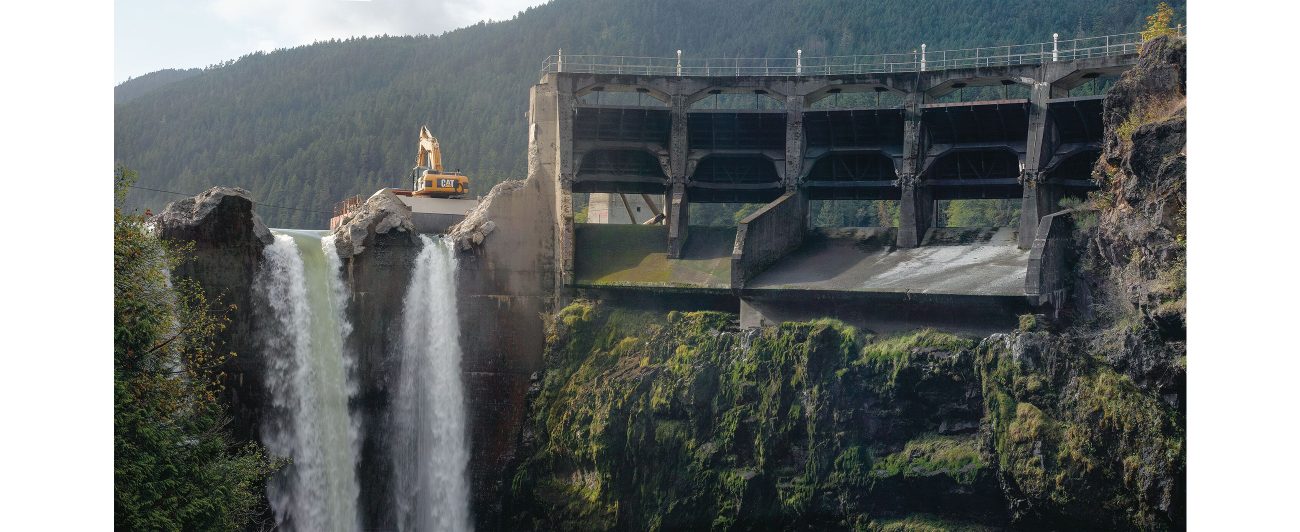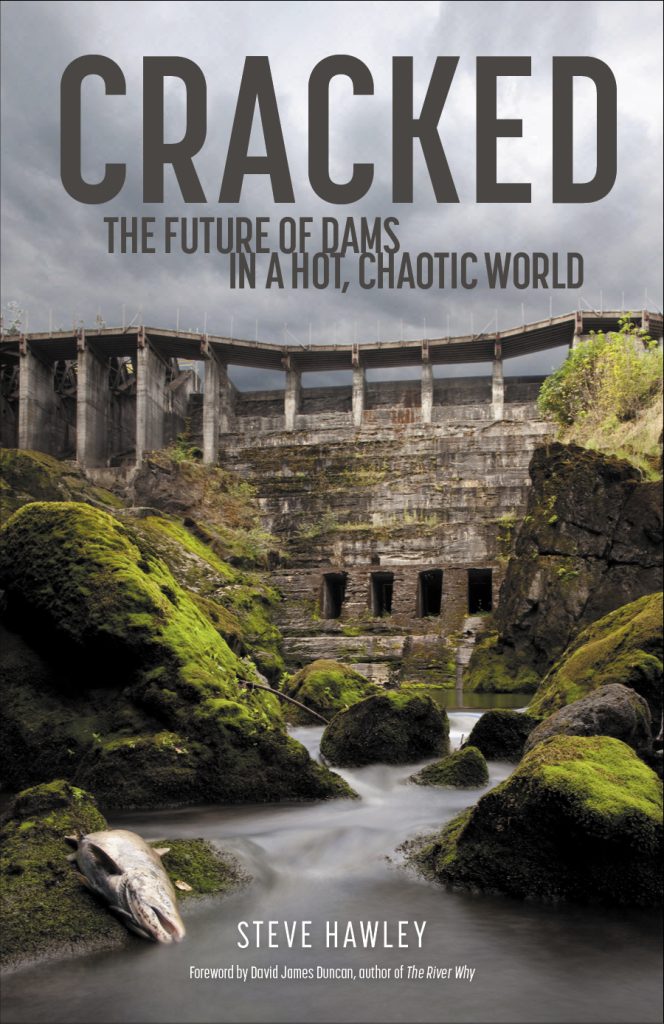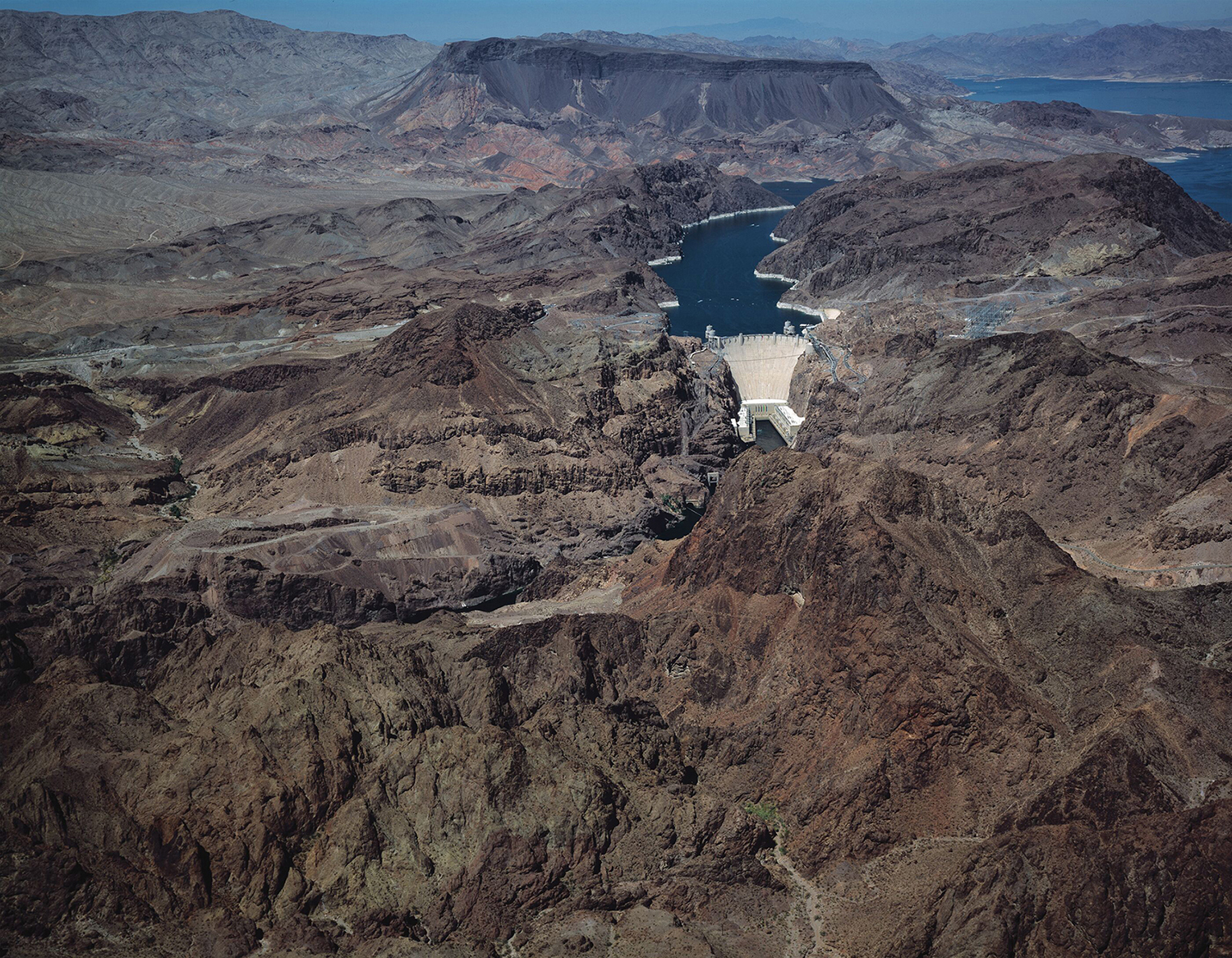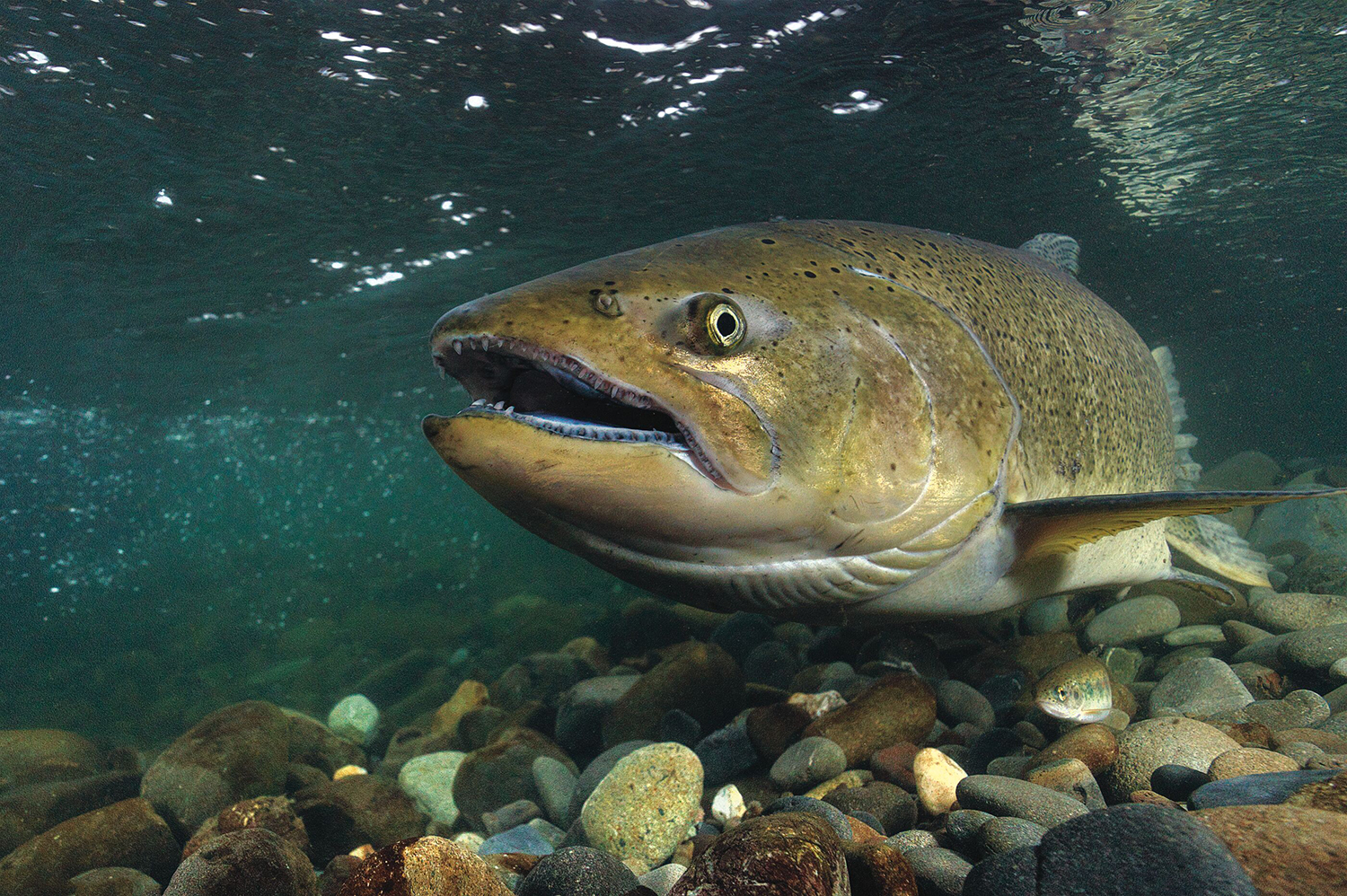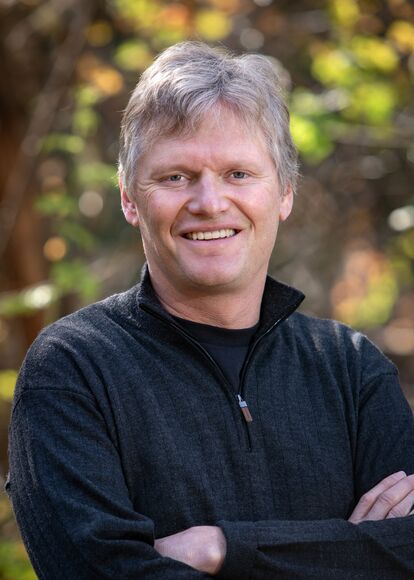Interview
Free the Flow, Save the Salmon
An Interview with author Steven Hawley
A cartoon salmon hundreds of feet tall is projected in laser light on the face of the Grand Coulee Dam, one of the largest dams in the United States. It’s part of a 28-minute light show that takes place nightly throughout the summer. People on lawn chairs and blankets watch the show, as they do every night. Steven Hawley is one of them, but he doesn’t buy the pro-dam propaganda. The image and irony of this display appears, and resonates, throughout Hawley’s new book, Cracked: The Future of Dams in a Hot, Chaotic World (Patagonia Books, May 2, 2023).
Insightful and well-researched as it is, a book like this could easily fall into the textbook-like trappings of dry, boring prose and elevated diction. Hawley’s writing impressively avoids that trap, offering us an interesting and memorable account from a pro-free-flowing-river perspective. “This book was written with a reliance on one of the basic tenets of good faith in the written word; that interested readers may extrapolate to the universal from the examination of the specific,” he writes. “Your home water may not be depicted here, but the patterns of destruction that come with any dam-building regime are as recognizable as the American flag, and as reliable as the sunrise.”
With the book’s release just a few weeks out, we got a chance to ask Hawley some questions.
The Flyfish Journal: First off, what got you interested in the topic of dams and what made you want to write the book?
Steven Hawley: Growing up in the Pacific Northwest and as a kid, within a 20-minute bike ride of the Columbia and learning that the Columbia had gone from one of the world’s top producers of salmon and steelhead to one of the world’s top producers of hydroelectricity, the idea of that transformation was fascinating for me. More recently…seeing fish die everywhere and thinking about the effects that climate chaos is going to have on these river systems that have been so thoroughly plugged up. That’s what got me interested in this latest iteration of my obsession with rivers and dams.
Above: Built during the Depression at fire-sale prices, the construction of Hoover Dam launched what would become the largest construction firms in the United States. Southern Paiute ancestral lands, Nevada. Photo: Photographs in the Carol M. Highsmith Archive, Library of Congress, Prints and Photographs Division.
You write about the idea that there’s this American mentality that every river must be dammed. Can you talk about what led to this mindset?
It’s partly just the nature of our species. We learn how to do something, so we do it until it can’t be done anymore. Maybe it’s something of a crass analogy, but I think it holds. Why does a dog lick its balls? Because it can. We built dams because we could, and it seemed like a way to harness what at the time was considered to be the “waste of water” just flowing freely to the ocean without doing anything for humankind. Should we happen to survive the current crisis that we’ve made for ourselves, I think one of the things that our species will look back on is the fact that rivers, the way they evolve, can serve human needs just fine without obstructing their flow. In fact, you might create more problems than you solve by putting a big concrete plug in a river system.
A few times throughout the book you describe the Grand Coulee Dam that in the summertime is used as a giant movie screen with pro-dam video cartoons projected onto it. Why did this image resonate with you?
I lived in one of the more cheerless Soviet satellite countries for a year in the early 1990s, and after the wall came down the ridiculousness of Soviet propaganda and over the top lies that were trying to be sold to people became the butt of jokes. This was, and is, resonant of that. You have this cartoon salmon dancing literally on the face of the tombstone that wiped out a third of that species’ habitat, and you’re supposed to just be a docile audience and accept the fact that this happened and not ask questions. Just the schlock of propaganda I guess is what fascinated me about that image.
As fly anglers, most of us have been following the story of the plight of salmon. But I think for a lot of us, it just seems like a very overwhelming problem. Can you talk about why we should stay engaged and continue to care?
Obviously, if you’re a fly fisher of any kind, one of the peak experiences that you could ever hope for is to take a trip down any number of storied rivers, from Alaska to Northern California, and hook a wild steelhead, or even more rare a wild chinook on a fly. If that’s what you live for, then you’ve got to engage in the political process. I don’t like political processes any more than any other fly fisher does, but we’re at the stage in this game where if we want to keep doing what we love, we have to fight to keep these rivers full of clean, cold water as long as we can.
The other part of it is that if we’re going to solve some of these bigger problems, for instance, climate change, you have to look at how if you tug on the thread of one piece of an ecosystem, it pulls on every other thread. That’s what makes salmon recovery so difficult sometimes, but it’s a game that we are going to have to learn to play. Learning the game by trying to save and recover salmon runs is, I think, a practice run for mitigating against Armageddon, I suppose, in some ways. If we learn how to save salmon, we can learn how to save lots of other things.
Above: Seemingly, a salmon selfie: adult and juvenile Chinook reclaiming historic territory on the Elwa. Lower Elwha Klallam ancestral lands, Washington. Photo: John McMillan
There’s this quote from the book: “Water science is fairly simple, but water policy management is complicated.” Talk about that idea a bit; why are the politics of this so complicated?
Well, the science is pretty simple. We understand quite well, really, what we need to do to maintain and recover trout, steelhead, and salmon streams. The politics is complicated because in the current political system we find ourselves trapped in, everybody is defending their own special interests, perhaps more so than they are looking at what the greater good might be. On a particular stream you have vested interest in a dam, irrigators, power producers—in my part of the world there’s barge traffic on this river, and they all feel like their birthright is to continue doing what they’re doing. Because of the way our political system, especially in the West, has evolved, those sorts of vested special interests have equal or greater power than folks who are advocating for the greater good, which in this case would be managing a given river system in perpetuity for the creatures that evolved in it, and this runs into some interesting dilemmas. When you look at what’s happening with climate chaos, it’s a simple fact that irrigators around the West are not going to be able to continue doing what they’ve done for the past three quarters of the century.
Fly anglers will be excited to see that David James Duncan wrote the forward to the book. For a lot of us, The River Why is a favorite book. Why did you choose David for the forward?
David and I have known each other for 20 years, and in fact, he and I grew up in the same part of Portland, Oregon. Much of the opening chapters of The River Why is set in the neighborhood where he and I grew up, though he’s a few years older than me so I didn’t know him then.
The beautiful thing about The River Why and David’s prose is 40 years after that book was first published, it still has quite a following. We recently did a show together and had 300-plus people on a Zoom call in the middle of the afternoon. As much as I’d like to think that they were there to listen to what I had to say about dams and rivers, there are people that will follow The River Why wherever David talks about it ’til the cows come home.
Maybe that’s part of what I tried to capture with this book; I didn’t want it to be just about the wonkish and sometimes depressing numbers around what’s happening to our rivers and our fish. I think the reason people still read [The River Why] is there’s still quite a bit of magic, and the restorative powers of a day spent along a stream somewhere with a fly rod in hand is still something that a lot of people look to for inspiration on many different levels. I hope there is something of that zeitgeist somewhere in my book, too.
Looking forward 50 or 100 years, what would our ideal water and river system look like and how would that differ from what it looks like today?
In crisis, there’s opportunity, and I think we’re in crisis right now and the opportunity is we can look at every single dam, scrutinize it based on its cost, both monetary, ecological and societal, and its benefits, and make a determination about whether it needs to stick around. I think what we’ll find, if we honestly take on that type of scrutiny, is that a lot of these dams need to go away, and a lot of them are going to, and what we’re faced with is a race against time. In every state, there are not only large dams that are politically very cumbersome to try to get people to agree to get rid of them, but on the East Coast in particular there are hundreds of thousands of obsolete and crumbling, old grist mill dams, low dams that were built to power a specific mill or plant. That’s why in the book there’s a nuts and bolts chapter on how to get a small dam taken out, what the process looks like. I hope that within a decade that chapter is obsolete because that process will hopefully be streamlined somehow. It’ll be quicker and easier to get rid of these obsolete obstructions, so that’s my hope. We’ll see what happens.
Above: “Cracked” author Steven Hawley. Photo: Courtesy of Steven Hawley
My last question is what’s the biggest thing you want people to take away from reading the book?
Writers and especially flyfishing writers sometimes take on this mantle of a Hemingway-esque stoicism or cynicism, but underneath that…you can’t let go of optimism that something good is going to happen in the process of trying to pull something magical out of a piece of moving water. I hope that the book, in some way, adds to people’s sense that that’s why they’re doing what they’re doing. I think that’s ultimately why we’re all flyfishers, is we’re looking for that little instance of magic, and if the book adds to that sense of hope in some way, then it’s done its job.
Cracked: The Future of Dams in a Hot, Chaotic World, published by Patagonia Books, will be released May 2, 2023. Order your copy here.
